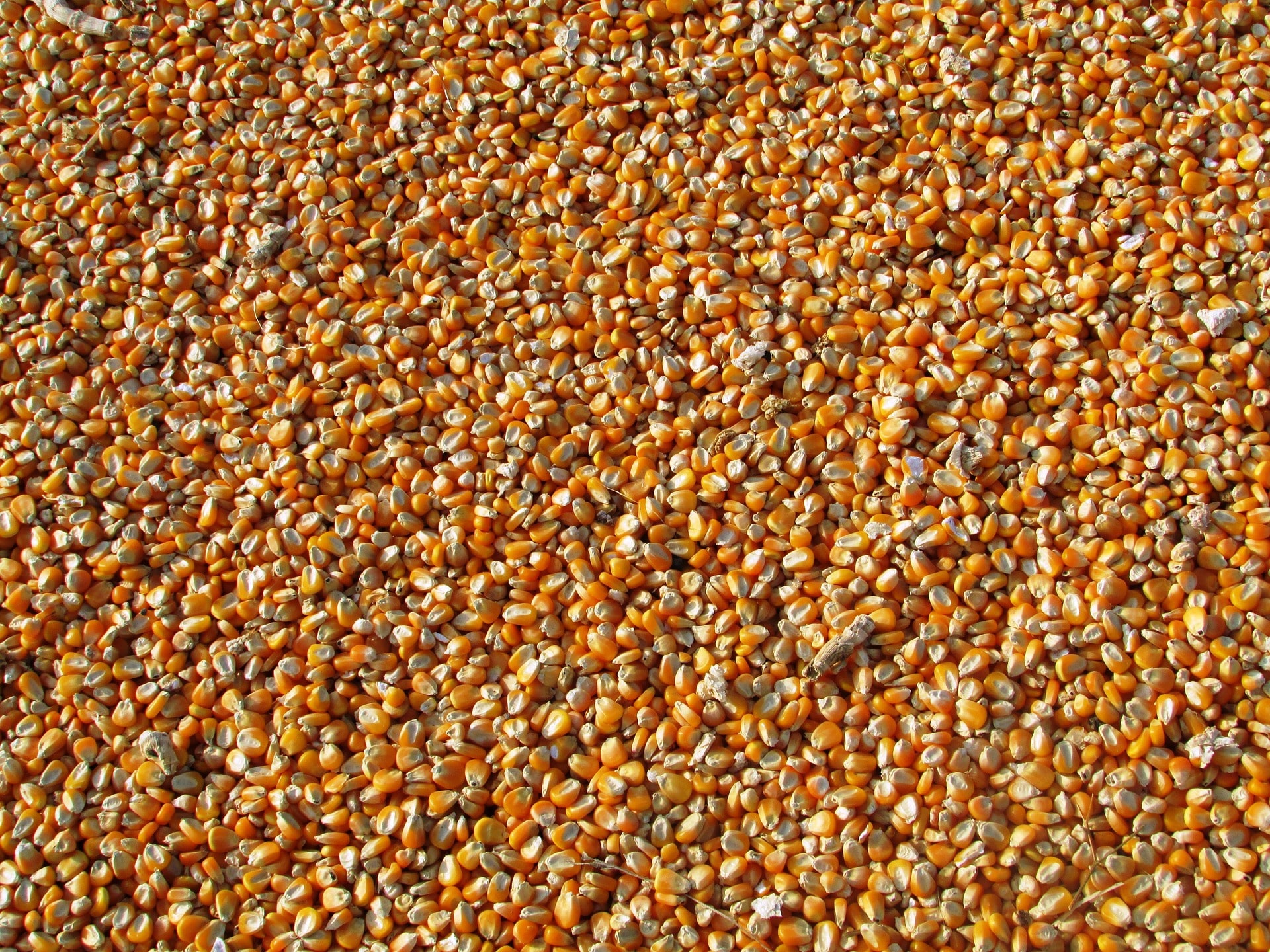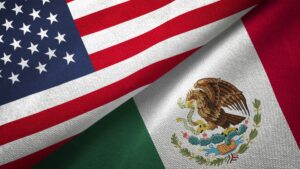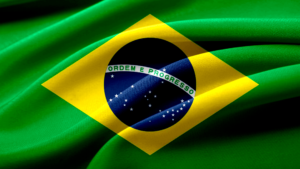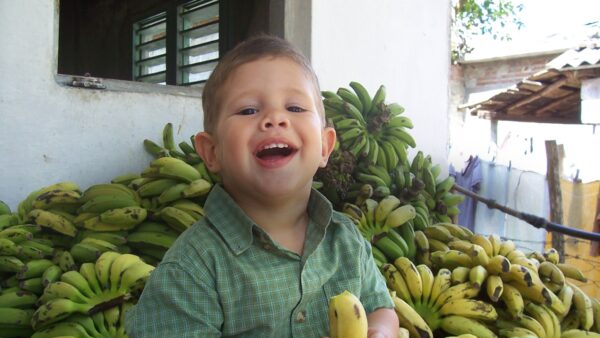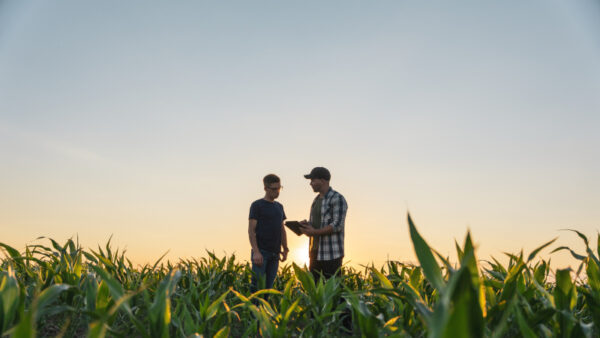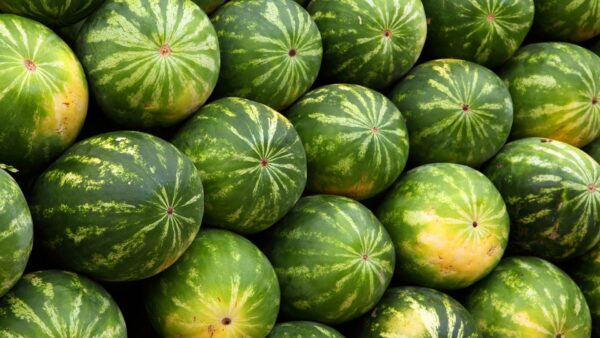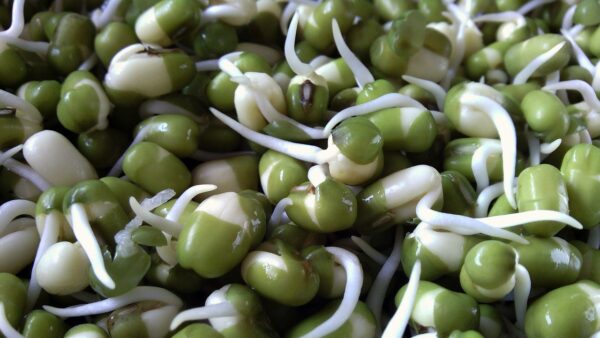Researchers uncover partially domesticated maize in caves in Peruaçu Valley, challenging established theories about its origins.
Scientists have unearthed a groundbreaking discovery in the Peruaçu Valley caves of Minas Gerais, Brazil: ancient specimens of partially domesticated maize (Zea mays) with traits resembling its ancestral form, suggesting South America had a pivotal role in shaping one of the world’s most important crops. These findings challenge the long-held belief that maize domestication occurred exclusively in Mexico. According to a press release, this breakthrough adds a new dimension to the history of maize domestication.
Archeological Insights by Revisiting Ancient Grains
The study, published in Science Advances, analyzed maize samples, along with cobs, straw, and grains which had been collected in 1994 during excavations in Peruaçu Valley. The region, located roughly 7,150 kilometers from maize’s historical origin in Mexico, yielded the farthest known samples of maize with primitive traits. These characteristics closely resemble the ancestral wild grass teosinte, domesticated around 9,000 years ago in Mexico and thought to have arrived in southwestern Amazonia 6,000 years ago.
“These samples were initially considered specimens of domesticated maize that had failed to grow sufficiently. However, in light of genetic evidence that the final domestication process may have occurred in South America, we analyzed the material again and found several traits shared with the ancestral plant from which maize originated in Mexico 9,000 years ago and that arrived in southwestern Amazonia 6,000 years ago,” said Flaviane Malaquias Costa, lead author of the study published in Science Advances, who carried out the research as part of her doctoral and postdoctoral work at the Luiz de Queiroz College of Agriculture (ESALQ-USP).
Through analysis, the researchers found the ancient maize samples from Peruaçu Valley were closely related to the Entrelaçado race, a variety native to South America. “This is one of the races that originated in South America via selection of other populations. We found extant varieties of it during our research project in several locations in Brazil and Uruguay,” said Elizabeth Ann Veasey, a co-author of the article and a professor at ESALQ-USP (University of São Paulo) and Costa’s doctoral thesis advisor.
The research received funding from FAPESP, the National Council for Scientific and Technological Development (CNPq, a governmental agency in Brazil), and the Scientific Research Commission at the University of the Republic in Uruguay (CSIC-UDELAR).
The maize specimens were dated between 1,010 and 500 years ago, predating European colonization and are the farthest from Mexico’s center of origin ever found, spanning an impressive 7,150 kilometers. Morphological traits, such as the number of grain rows, were key to identifying their semi-domesticated status. While modern maize varieties in South America can have up to 26 rows, the Peruaçu samples had only four to six rows, more typical of primitive teosinte.
Cultural, Geopolitical and Scientific Implications
The discovery highlights the vital significance of Indigenous communities in selecting traits that shaped South American maize varieties over millennia. “This shows the importance of past Indigenous communities in selecting, managing and fixing traits that gave rise to today’s South American maize races [local varieties]. Their descendants continue to do so even now, contributing to the maintenance of our genetic resources,” said Fábio de Oliveira Freitas, a co-author of the Science Advances article and researcher at the Department of Genetic Resources and Biotechnology of EMBRAPA, the Brazilian Agricultural Research Corporation.
The discovery carries geopolitical weight. Should it be confirmed that maize domestication was completed in Brazil, the genetic resources associated with these maize varieties would be considered native rather than exotic. Further archeogenetic analysis could sequence the full genome of the Peruaçu Valley maize, providing precise phylogenetic data and strengthening Brazil’s claim to maize as a native genetic resource. Such findings could influence international treaties regarding conservation and property rights.
Peruaçu Valley is remarkable for its rock paintings depicting crops like maize and the discovery of maize-filled baskets buried alongside human remains, as highlighted in the study. “In addition to being portrayed on the cave walls, maize has been found in buried baskets, probably as an offering to the dead interred there.” These artifacts underscore the deep cultural and historical connection between Indigenous societies and maize, a crop that continues to play a vital role in global food systems today.
“We traveled from the remote past to the present, from archeological remains to the extant races and varieties that are still being diversified by traditional peoples, who are the protagonists of this story,” said Costa.
This groundbreaking research not only redefines the history of maize but also highlights the enduring role of Indigenous knowledge and underscores the lasting contributions of South America to global agriculture, positioning Brazil as a steward of these invaluable genetic resources.


